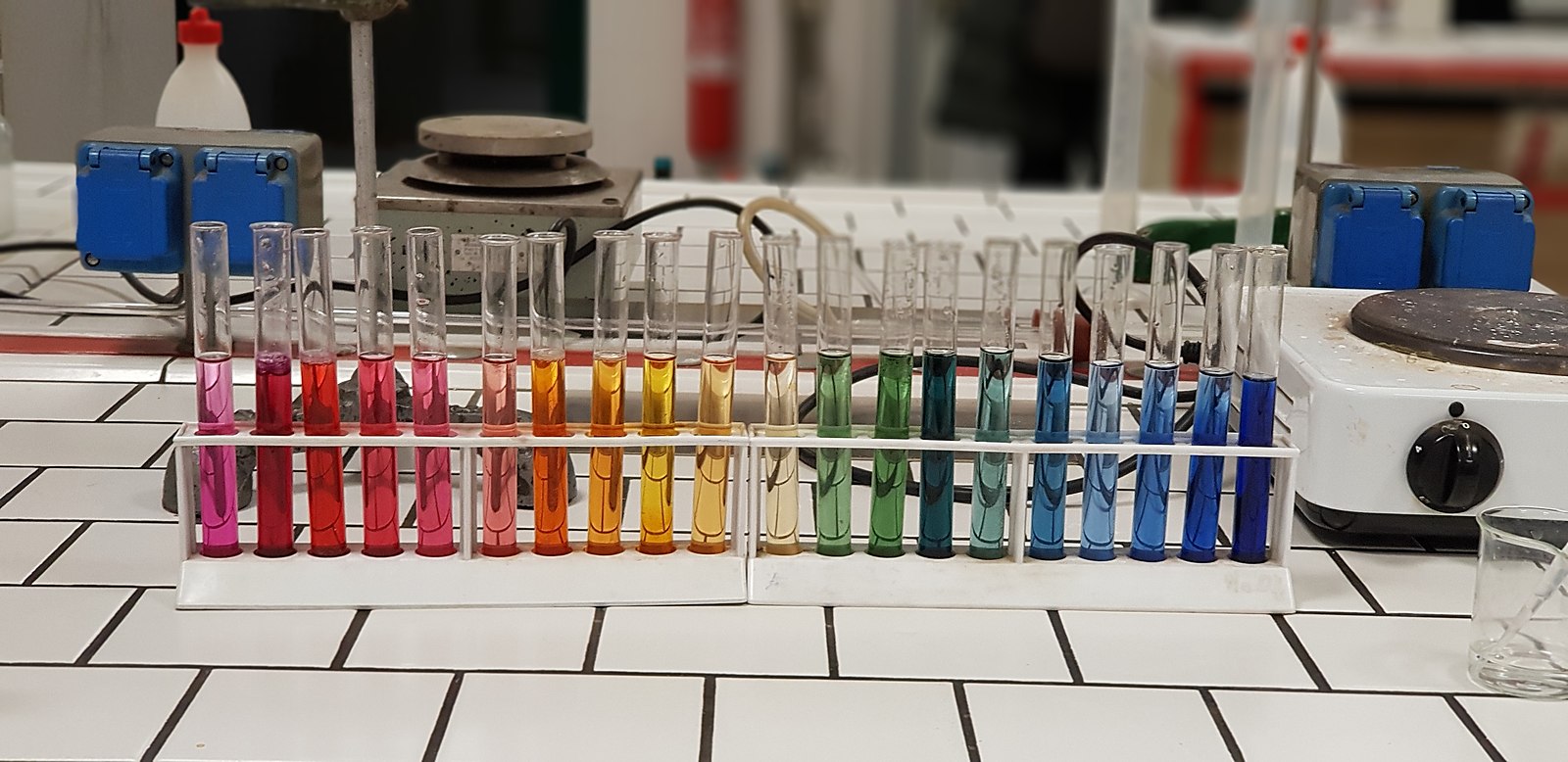The pH value of unpolluted water is slightly acidic, ranging between 5 and 6. This acidity is due to the presence of carbon dioxide and water in the air, which react together to form carbonic acid, a weak acid. Understanding the pH of unpolluted water is crucial for maintaining the delicate balance of our natural ecosystems.
Understanding the pH Scale
The pH scale measures the acidity or basicity of a substance, with values ranging from 0 (most acidic) to 14 (most basic), and 7 being considered neutral. Unpolluted water, with a pH between 5 and 6, is slightly acidic due to the presence of carbonic acid.
Measuring the pH of Water
To measure the pH of water, you can use high-tech devices in laboratories or a simple litmus paper test. Litmus paper changes color depending on whether the substance is acidic or basic. If the paper turns red, the substance is acidic, and if it turns blue, the substance is basic.
Factors Affecting the pH of Unpolluted Water
The pH of unpolluted water can be influenced by several factors, including:
- Atmospheric Composition: The presence of carbon dioxide and other gases in the atmosphere can react with water to form weak acids, affecting the pH.
- Geological Factors: The composition of the soil and rocks in the area can also influence the pH of the water, as certain minerals can dissolve and affect the acidity or basicity.
- Biological Activity: The presence of living organisms, such as plants and microorganisms, can also impact the pH of the water through their metabolic processes.
Importance of Maintaining the pH of Unpolluted Water
Maintaining the pH of unpolluted water is crucial for the health and well-being of aquatic ecosystems. Significant changes in pH can have detrimental effects on the delicate balance of these environments, affecting the survival and growth of various species.
Impacts of Acid Rain
Acid rain, which is more acidic than unpolluted rain, has a pH as low as 3.0. This occurs when rain combines with sulfur dioxide or nitrogen oxides produced from power plants and automobiles. A decrease in pH values from 5.0 to 4.0 means that the acidity is 10 times greater, which can have severe consequences for aquatic life.
Balancing the pH of Water
To balance the pH of water, you can use various methods depending on the specific contaminants or chemicals present. For example, if the water is too acidic, you can add a base like sodium hydroxide (NaOH) to raise the pH. If the water is too basic, you can add an acid like hydrochloric acid (HCl) to lower the pH.
Importance of pH Regulation
Maintaining the proper pH balance in water is crucial for the survival and health of aquatic organisms. Significant changes in pH can disrupt the delicate ecosystem, leading to the decline or even extinction of certain species.
Conclusion
The pH of unpolluted water is slightly acidic, ranging between 5 and 6. This acidity is due to the presence of carbon dioxide and water in the air, which react together to form carbonic acid. Understanding the pH of unpolluted water and the factors that influence it is essential for maintaining the health and balance of our natural ecosystems.
References:
– Unpolluted Rain Water Has a pH of About 5.5 – Acid Rain
– The pH Scale
– What’s in Your Water? pH
– The Range of pH Value for Unpolluted Rain Water is

